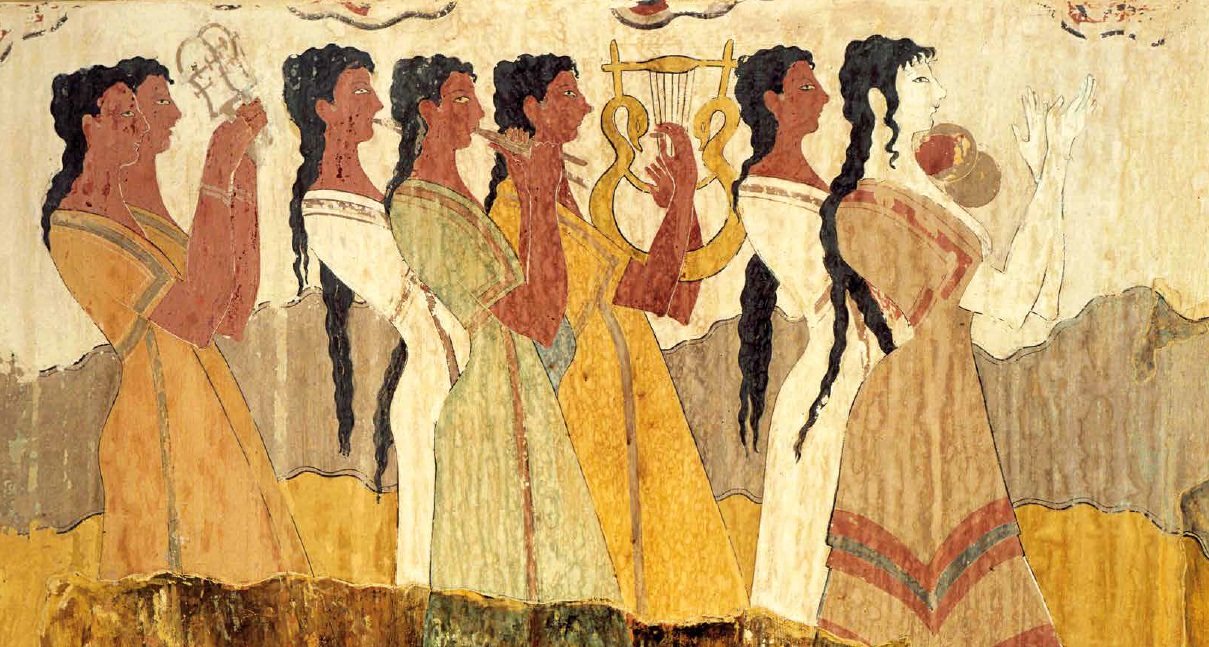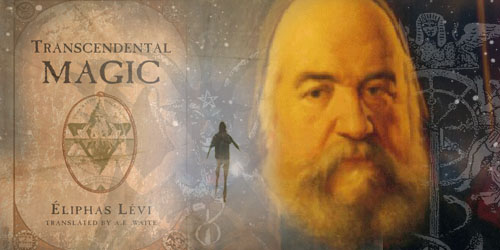The motive of Jesus was evidently like that of Gautama-Buddha, to benefit humanity at large by producing a religious reform which should give it a religion of pure ethics; the true knowledge of God and nature having remained until then solely in the hands of the esoteric sects, and their adepts. As Jesus used oil and the Essenes never used aught but pure water, he cannot be called a strict Essene. On the other hand, the Essenes were also “set apart”; they were healers (assaya) and dwelt in the desert as all ascetics did.
But although he did not abstain from wine he could have remained a Nazarene all the same. For in chapter vi. of Numbers, we see that after the priest has waved a part of the hair of a Nazorite for a wave-offering before the Lord, “after that a Nazarene may drink wine” (v. 20). The bitter denunciation by the reformer of the people who would be satisfied with nothing is worded in the following exclamation: “John came neither eating nor drinking and they say: ‘He hath a devil.’ . . . The Son of Man came eating and drinking, and they say: ‘Behold a man gluttonous and a wine-bibber.’ ” And yet he was an Essene and Nazarene, for we not only find him sending a message to Herod, to say that he was one of those who cast out demons, and who performed
Page 134
cures, but actually calling himself a prophet and declaring himself equal to the other prophets.
The author of Sod shows Matthew trying to connect the appellation of Nazarene with a prophecy,
and inquires “Why then does Matthew state that the prophet said he should be called Nazaria?” Simply “because he belonged to that sect, and a prophecy would confirm his claims to the Messiahship. . . . Now it does not appear that the prophets anywhere state that the Messiah will be called a Nazarene.” The fact alone that Matthew tries in the last verse of chapter ii. to strengthen his claim that Jesus dwelt in Nazareth merely to fulfil a prophecy, does more than weaken the argument, it upsets it entirely; for the first two chapters have sufficiently been proved later forgeries.
Baptism is one of the oldest rites and was practiced by all the nations in their Mysteries, as sacred ablutions. Dunlap seems to derive the name of the nazars from nazah, sprinkling; Bahak-Zivo is the genius who called the world into existence out of the “dark water,” say the Nazarenes; and Richardson’s Persian, Arabic, and English Lexicon asserts that the word Bahak means “raining.” But the Bahak-Zivo of the Nazarenes cannot be traced so easily to Bacchus, who “was the rain-god,” for the nazars were the greatest opponents of Bacchus-worship. “Bacchus is brought up by the Hyades, the rain-nymphs,” says Preller; who shows, furthermore, that at the conclusion of the religious Mysteries, the priests baptized (washed) their monuments and anointed them with oil. All this is but a very indirect proof. The Jordan baptism need not be shown a substitution for the exoteric Bacchic rites and the libations in honor of Adonis or Adoni — whom the Nazarenes abhorred — in order to prove it to have been a sect sprung from the “Mysteries” of the “Secret Doctrine”; and their rites can by no means be confounded with those of the Pagan populace, who had simply fallen into the idolatrous and unreasoning faith of all plebeian multitudes. John was the prophet of these Nazarenes, and in Galilee he was termed “the Saviour,” but he was not the founder of that sect which derived its tradition from the remotest Chaldeo-Akkadian theurgy.
“The early plebeian Israelites were Canaanites and Phoenicians, with
Page 135
the same worship of the Phallic gods — Bacchus, Baal or Adon, Iacchos — Iao or Jehovah”; but even among them there had always been a class of initiated adepts. Later, the character of this plebe was modified by Assyrian conquests; and, finally, the Persian colonizations superimposed the Pharisean and Eastern ideas and usages, from which the Old Testament and the Mosaic institutes were derived. The Asmonean priest-kings promulgated the canon of the Old Testament in contradistinction to the Apocrypha or Secret Books of the Alexandrian Jews — kabalists. Till John Hyrcanus they were Asideans (Chasidim) and Pharisees (Parsees), but then they became Sadducees or Zadokites — asserters of sacerdotal rule as contradistinguished from rabbinical. The Pharisees were lenient and intellectual, the Sadducees, bigoted and cruel.

Moe is the founder of GnosticWarrior.com. He is a father, husband, author, martial arts black belt, and an expert in Gnosticism, the occult, and esotericism.






